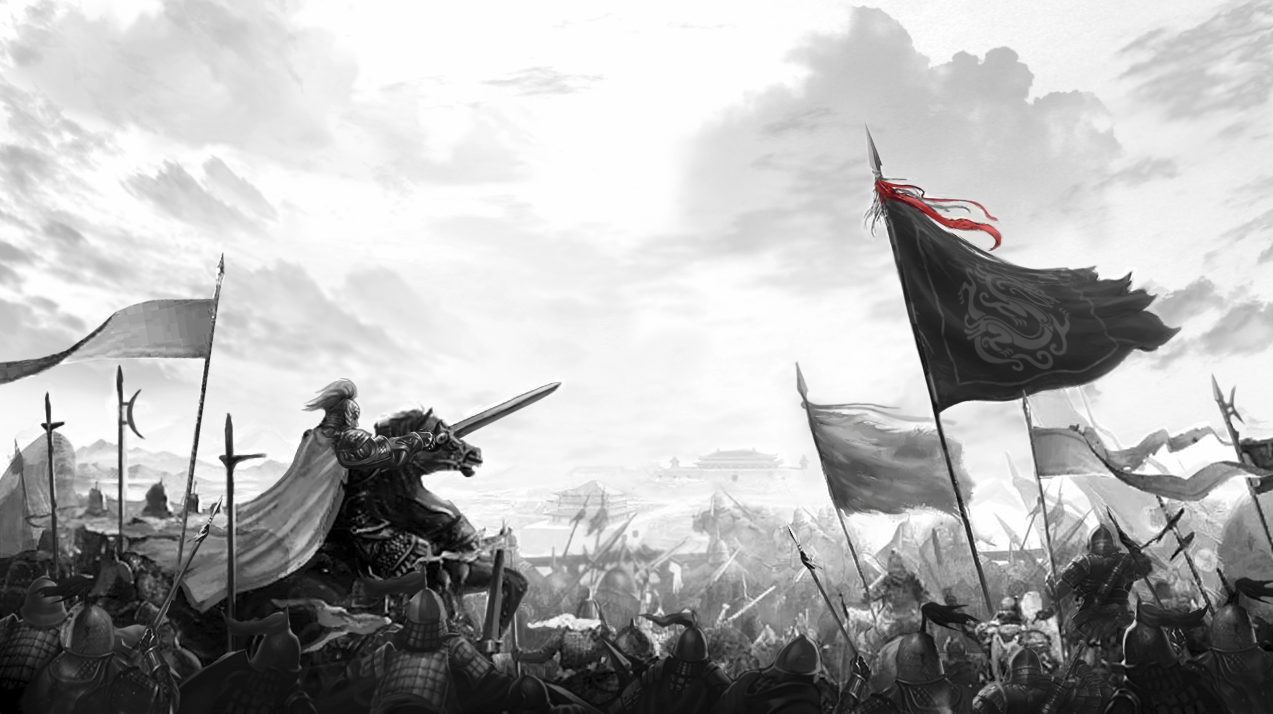In the expansive universe of modern gaming, a few sub-genres have taken center stage for offering players dynamic experiences and strategic complexity. When you combine open world exploration with a pinch of tower defense mechanics, what you end up with is something both refreshing and intellectually engaging.
An Open Canvas: The Basics of Open World Gaming
Gaming enthusiasts worldwide have been drawn to open worlds like moths to flame. Whether it’s traversing sprawling fantasy kingdoms in RPGs or taking part in cyberpunk rebellion missions across metropolis districts—each map tells a story waiting to unfold through the player’s eyes. Titles like The Legend of Zelda: Breath of the Wild,Red Dead Redemption 2 set precedents that shaped generations of sandbox gameplay innovation.
Open worlds thrive on immersion; they’re less about linear objectives and more about choice-driven narratives blended within living ecosystems brimming with lore and hidden surprises.
Mechanical Harmony – Blending Two Worlds
- Rhythm of real-time decision-making
- Cognitive mapping between environment interaction & resource management strategies
- Balancing reactive planning against proactive base setup demands
Fans love games merging genres because unexpected synergy arises—especially here when sprawling landscapes merge with defensive warfare. Developers experiment by weaving path systems requiring turret placements or fortification setups while retaining fluidity expected from vast environments. Think how in some editions even rainbow six siege crash on match start (old versions) didn’t stop players who relished these hybrid designs long before tech hurdles improved reliability later down patches roadmaps included fixes for glitches.
|
|
Td Integration Point | Examples / Impact |
|---|---|---|
| Pathing Control Strategy |
Decide enemy routes dynamically based upon where walls built/or not. | E.g., in game like “Defense Grid" series - map changes based tower position affecting wave strategy |
| User must choose optimal terrain placement for maximum reach without being exposed or isolated easily. | Echoes strategy sessions seen among older games similar such old rpg computer games |
Redefining Genre Borders Over Time
Once boundaries defining ‘genre purity’ mattered but times change rapidly thanks indie developers' bold experimentation during late two thousands decade peak which birthed hybrids mixing tower elements amidst huge virtual domains — allowing us revisit classics we once admired for depth but now seem outdated compared next gen releases. Even though certain legacy projects including some 16-bit style old rpg computer games may never make official remakes again unless retro crowdfunding campaigns spark revival, their design blueprints echo strongly in contemporary hybrids blending old tactics fresh tech tools now available via modern engines like unreal or godot.
Hints From History - Legacy Designs Reimagined
- Castle Wars:
- Kohan Alliance Of Alien Races fusion
Though purely td focused it inspired many to build territory management layers above core loop
Pc turn-based empire simulation mixed light real time defense segments showing co existence can work beautifully
If you’re someone curious about unifying different types of challenge loops seamlessly under one narrative framework – this combo could very well suit explorative personalities looking for brain-teasing encounters outside conventional puzzle structures.
Synergy Spotlight: Tower Defense Mechanics Applied Within Massive Game Landscapes
When done right, combining tower defense principles with expansive terrains enhances engagement multipliers dramatically.
One key observation remains that success lies not in sheer integration alone but rather intelligent blending—something early titles missed occasionally creating awkward gameplay disconnect if implemented carelessly leading to frustration akin random issues sometimes observed with crash match startup instances experienced earlier R6S iterations pre-fix.
Design Considerations That Enhance Experience
To maintain seamless transition throughout such ambitious genre mash ups studios focus heavily crafting UI layouts optimized quick deployment actions alongside contextual zoom modes aiding visibility especially during intense combat scenarios making sure user flow doesn't get disrupted often resulting drop-offs mid session.
Moreover integrating tutorialization smartly embedded through level flow helps reduce learning curves even if initial impressions intimidating at first sight—a vital factor considering most mainstream AAA productions prioritize approachability over raw niche expertise demand which often drives smaller scale niche market titles popular primarily amongst veterans and critics fond genre obscurities.
Digital Archaeology – Learning from Forgotten Oldies Like Ancient RPG Computer Games
Delving back into archives where dusty relics lay collecting metaphorical digital cobblestones proves insightful—there's lessons hidden away in those obscure DOS prompt run titles we used boot floppy disks to initiate! These so-called obsolete experiences actually pioneered concepts still prevalent even inside shiny new triple A boxes today… Some old-school rpg computer games incorporated layered progression tied tightly to terrain use which surprisingly align closely core philosophy guiding newer open-world tds hybrids aiming simulate organic growth mechanics mirroring evolution observed naturally across evolving societies simulated rich data driven environments generated procedurally basis complex variables calculated runtime ensuring every adventure differs preceding iteration ever released before previously.



